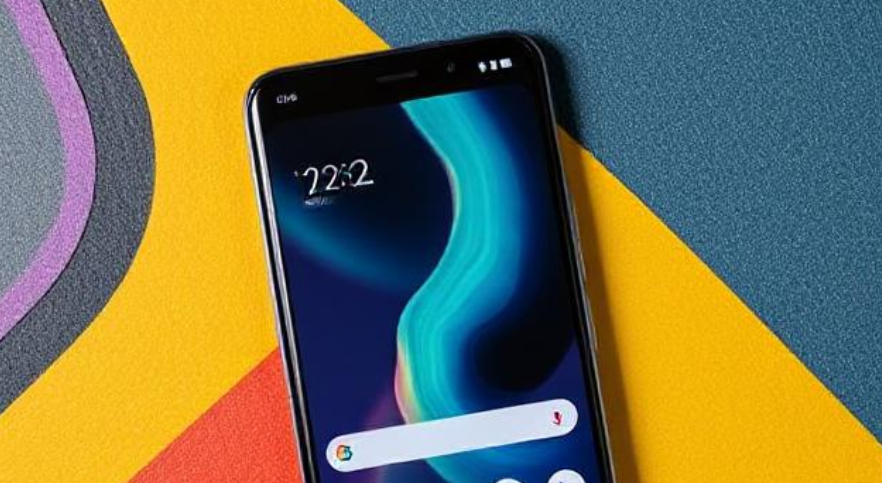For years, Android has been the backbone of mobile operating systems, powering billions of devices worldwide. While Google has consistently rolled out updates, the platform has largely maintained a familiar look and feel. But now, Android is undergoing its most significant design overhaul in years, promising a fresh, modernized experience that could redefine how users interact with their devices.
This redesign isn’t just about aesthetics—it’s about improving usability, enhancing customization, and integrating deeper AI capabilities. Here’s everything we know so far about Android’s biggest design refresh in years.
1. A New Look: Material You Evolves
When Material You debuted with Android 12, it introduced dynamic theming, personalized widgets, and a more expressive UI. Now, Google is taking this design language further with Material You 2.0, refining the visual experience with:
Smoother animations & transitions – More fluid interactions between apps and system elements.
Enhanced dynamic theming – Deeper app integration, allowing even third-party apps to match system colors more seamlessly.
New icon shapes & typography – More customization options for home screen icons and fonts.
Refined notification panel & quick settings – A cleaner, more intuitive layout with better organization.
This evolution keeps Android’s playful, personalized feel while making it feel more polished and cohesive.
2. Revamped Home Screen & Widgets
The home screen is getting its biggest redesign since Android 5.0 Lollipop, with:
Stackable widgets – Similar to iOS, users can now stack multiple widgets in the same space and swipe through them.
Smart resizing – Widgets will dynamically adjust based on content, reducing wasted space.
Context-aware suggestions – The home screen will recommend widgets based on usage patterns (e.g., a weather widget in the morning, calendar in the evening).
More interactive widgets – Some widgets will allow in-place actions (like liking a social media post without opening the app).
These changes aim to make widgets more functional and reduce the need to constantly open apps.
3. A Smarter, More AI-Driven Android
Google has been pushing AI integration across its products, and Android’s redesign takes this further with:
🔹 Google Gemini Everywhere
On-device AI enhancements – Faster, more private AI processing for tasks like live translation, photo editing, and smart replies.
Contextual awareness – Your device will predict actions based on location, time, and habits (e.g., automatically opening Maps when you leave for work).
AI-generated wallpapers & themes – Create unique wallpapers using text prompts (similar to AI wallpaper features in Pixel devices).
🔹 Smarter Notifications & Summaries
Notification grouping by priority – Important alerts (messages, reminders) will appear at the top, while less urgent ones (promotions, social updates) will be grouped below.
AI-generated summaries – Long email threads or news articles can be condensed into bullet points.
4. Improved Multitasking & Foldable Support
With foldable phones gaining popularity, Android is refining its multitasking features:
Better split-screen controls – Dragging and resizing apps will be more intuitive.
App pairs for foldables – Save split-screen app combinations for quick access (e.g., Maps + Spotify for driving).
Dex-like desktop mode – Some Android devices may get an enhanced desktop mode for monitors, improving productivity.
5. Privacy & Security Upgrades
Google continues to prioritize security with:
Real-time scam call detection – AI will analyze call patterns to warn users of potential fraud.
More granular permissions – Apps will need to justify why they need access to sensitive data.
Auto-lock for sensitive apps – Certain apps (banking, messaging) can be set to require authentication when reopened.
6. Release Timeline & Availability
The redesign is expected to debut with Android 15, currently in beta. A stable release should arrive by Fall 2024, with Pixel devices getting it first. Other manufacturers (Samsung, OnePlus, etc.) will follow in early 2025.
Final Thoughts: A Modern, Adaptive Android
This isn’t just a visual refresh—it’s a fundamental shift in how Android works. By blending smarter AI, deeper customization, and refined usability, Google is ensuring Android remains competitive against iOS and emerging rivals.
For users, this means:
✅ A more personalized experience
✅ Less friction in daily tasks
✅ Better multitasking for power users
✅ Stronger privacy controls
If Google delivers on these promises, this could be Android’s most exciting update in a decade.


